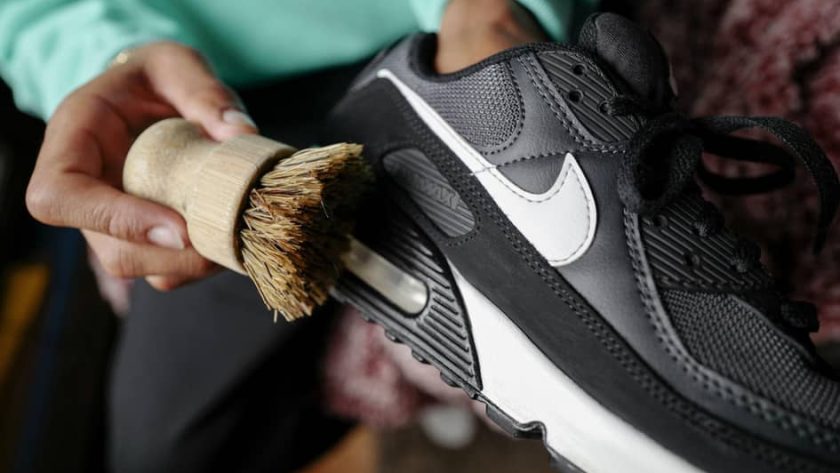Pick up any pair of sneakers and their reliance on plastics and fossil fuels becomes instantly apparent. From Nike to New Balance, high fashion to high street, sneakers are the bain of footwear’s environmental footprint. With copious drops, never-ending new releases of new models and high use of virgin materials in production means much of the environmental impact is done at the manufacturing stage.
The choice of materials in sneakers is underpinned by practical considerations.
There is a reason why footwear is made of these materials. Plastics, particularly synthetic rubber and polyurethane, stand out for their unprecedented durability. They exhibit resilience against the wear and tear associated with both athletic activities and everyday wear, making them the preferred materials for sneaker soles and uppers. Additionally, sneaker manufacturers extensively employ various types of foams and cushioning materials derived from petrochemicals to deliver comfort and support. These materials excel at shock absorption and cushioning, enhancing the wearability of sneakers during prolonged usage, but they also harm the environment.
Sneakers notoriously have relatively short lifespans compared to other fashion categories, posing a growing concern related to waste disposal. Sneaker soles are typically attached to the shoe’s upper using strong adhesives and cannot be replaced. This bond is meant to be permanent and is difficult to break without causing damage to the sole or upper. Furthermore, sneaker manufacturers often design their shoes to be disposable, encouraging consumers to purchase new pairs rather than repair old ones. This business model discourages easy sole replacement.
In response to consumer demands for more sustainable alternatives with reduced reliance on petrochemical-based materials, secondary fashion markets have experienced a surge in popularity. Among these markets, the pre-owned sneaker sector has witnessed notable growth.
Data released by ThredUp, a prominent online consignment and thrift platform, indicates a significant expansion of the global secondhand market, nearly doubling in size by 2027, reaching a valuation of 350 billion dollars. The U.S. secondhand market alone is projected to reach a value of 70 billion dollars.
Specifically within the realm of footwear, Cowen & Co. offers insights estimating the global sneaker resale market’s worth at 6 billion dollars in 2019, with forecasts predicting a substantial growth trajectory. By 2030, the sneaker resale market is anticipated to reach 30 billion dollars, as reported by Footwear News. This trend reflects a shifting consumer preference toward more sustainable fashion choices, as they seek to reduce the environmental impact of their footwear selections.


